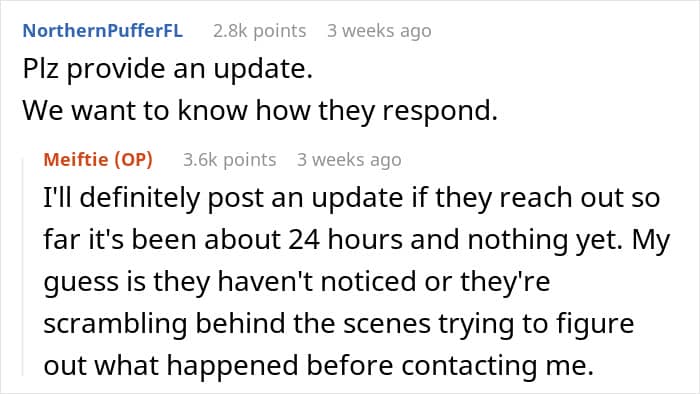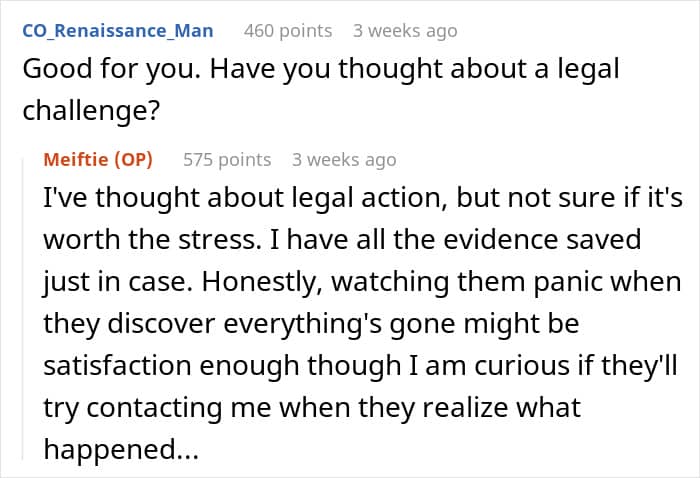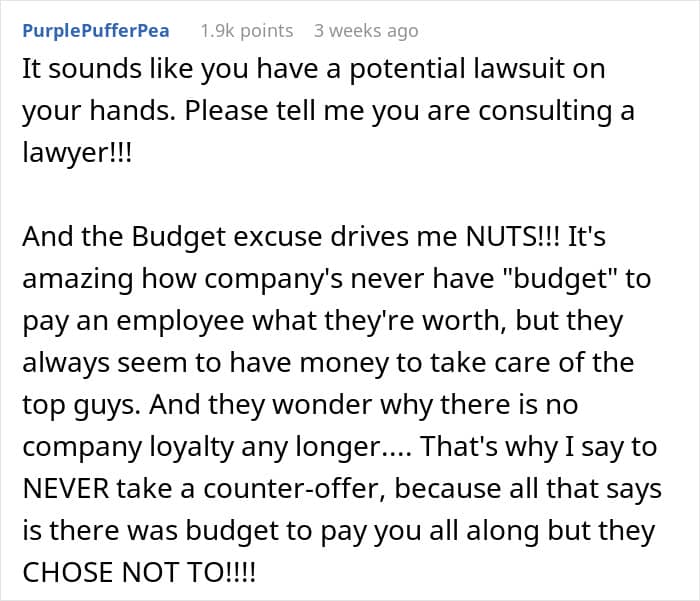Starting out as a professional creative can often be backbreaking. You’re not paid much, you’re still trying to build a decent portfolio, and you’re expected to do all the grunt work while the best briefs go to the more senior folks in the agency.
One graphic designer who spent years slaving away in a toxic work environment eventually quit, but was astounded to find out their old agency had stolen mountains of their work. They shared their tale of revenge with an online community.
More info: Reddit
RELATED:Being a junior creative is a thankless job, as this graphic designer found out the hard way

After years of slaving away at a boutique marketing agency, they eventually quit because they couldn’t get a raise
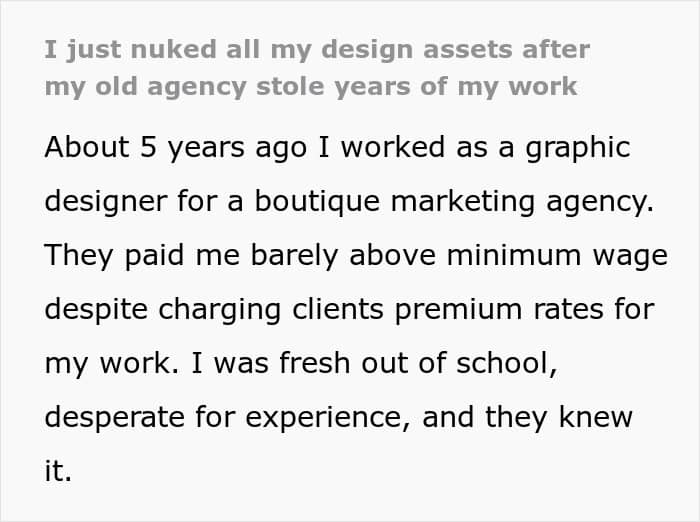
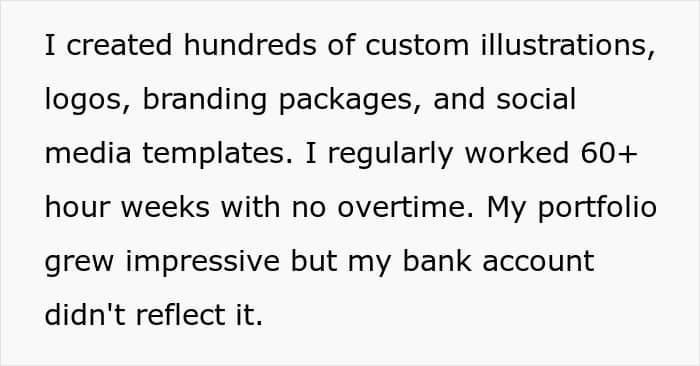

It took them months to land a job where their time and talent were properly valued
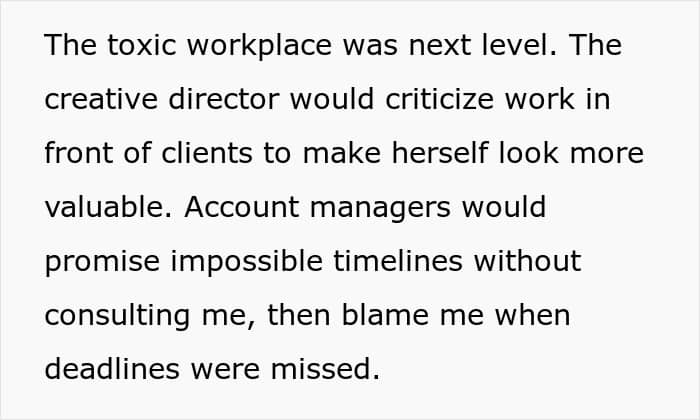
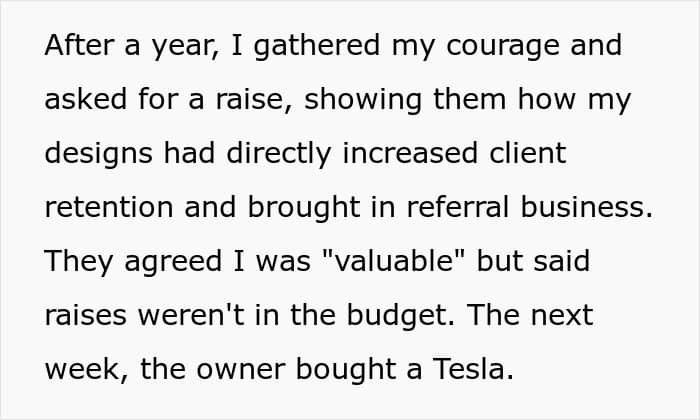
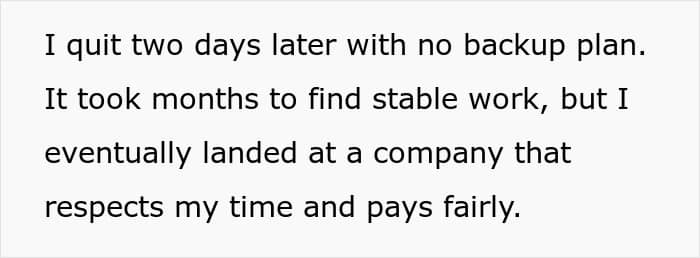

Then they found out their ex-agency was still using their portfolio site without paying for the rights, effectively stealing years of their work
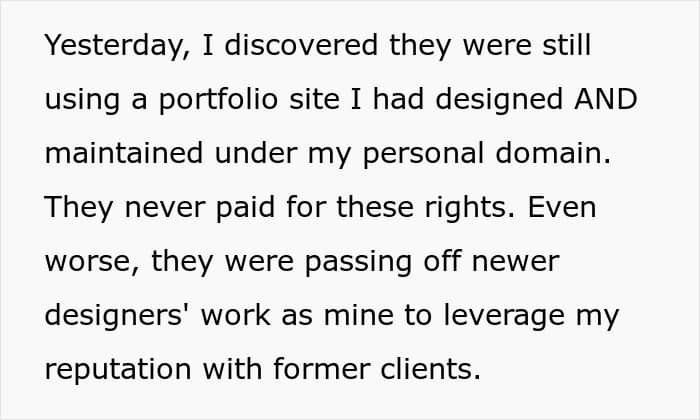


They decided to exact revenge, deleting the entire site, changing passwords, and revoking access to features they’d paid for themselves
Fresh out of school, OP landed a job at a boutique marketing agency, but it quickly turned into a nightmare. Despite creating high-end illustrations, logos, and branding kits that clients loved, they were barely scraping by. Sixty-hour weeks, no overtime, and zero appreciation. It was “great exposure,” but that exposure didn’t pay the rent.
The workplace? Toxic beyond belief. The creative director trashed their work in front of clients, while account managers set impossible deadlines, then blamed them when things went wrong. When they finally asked for a raise, they were told “no budget.” Days later, the owner rolled up in a brand-new Tesla. That was the final straw for OP.
With no backup plan, OP quit. It was rough at first, but eventually they found a company that respected their time and talent. Years later, they discovered the old agency was still using a site they’d built, under their personal domain, without permission. Even worse, they were using it to pitch new business under false pretenses.
So, OP pulled the plug. Screenshots for proof, passwords changed, files wiped, access revoked. No more free labor. No more fake reputation leverage. The agency woke up to broken links, missing fonts, and a serious PR mess. For OP, the exploitation was finally over, and revenge was served in the best way possible: ice-cold.

It’s not uncommon for junior creatives to be exploited in agency environments. If they’re permanently employed and the contract stipulates it, all rights to their creative output are automatically transferred to the agency they’re working for. That’s just the price of a stable job.
However, it’s illegal for agencies to use work that the creative never produced for them. So, how can creatives like OP protect their own work and ensure they don’t get ripped off? We went looking for answers.
In her article for LinkedIn, Jade Foster writes that the first step to protecting your graphic design rights is to understand what they are and how they work. They are a form of intellectual property (IP), which are legal rights that grant you ownership and control over your creations.
According to Foster, there are different types of IP rights that apply to graphic design, such as copyright, trademark, and design patent. Each of them has different requirements, benefits, and limitations. It’s wise to familiarize yourself with the basics of IP rights and how they apply to your work.
In her article for Designerly, Coraline Steiner suggests some steps to protect your intellectual property as a designer, including researching your design, keeping records of your work, filing paperwork with the assistance of an attorney who specializes in IP law, and defending your rights by filing complaints with the proper entities showing how you own the trademark.
Of course, OP was in the fortunate position to be the owner of all the work on their site (which they also owned), so they were well within their rights to remove it all, and their former employer has no recourse, legally or otherwise. Score one for creatives.
What do you think of OP’s decision to pull the resources the agency relied on? Do you reckon they got what was coming to them? Let us know your opinion in the comments!
In the comments, readers begged the graphic designer for an update, while one asked them if they’d considered pursuing legal action
